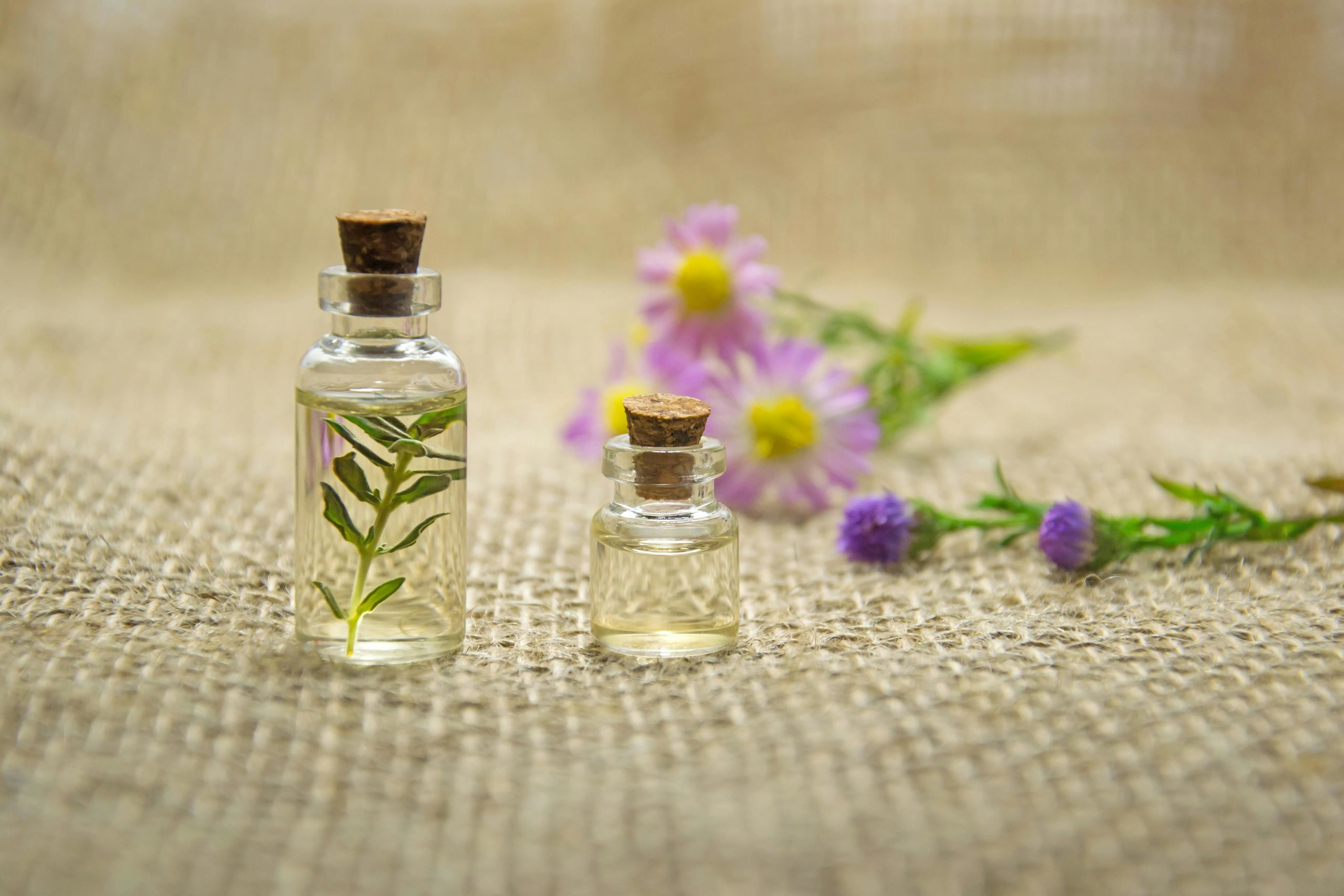In recent years, there has been a growing interest in traditional Japanese skincare rituals and ingredients, celebrated for their ability to promote healthy, radiant skin.
Drawing inspiration from centuries-old beauty traditions, these ingredients harness the power of nature to nourish, hydrate, and rejuvenate the skin, resulting in a luminous complexion that radiates with vitality.
Join us as we explore the beauty benefits of using traditional Japanese ingredients and discover how you can incorporate them into your beauty routine for glowing, youthful skin.
The Beauty Benefits of Traditional Japanese Ingredients
Matcha
Derived from finely ground green tea leaves, matcha is prized for its potent antioxidant properties, making it a popular ingredient in skincare products.
Rich in catechins, matcha helps to neutralize free radicals, reduce inflammation, and protect the skin from environmental damage. Additionally, matcha contains chlorophyll, which detoxifies the skin and promotes a healthy, clear complexion.
Rice Bran
Rice bran, the outer layer of the rice grain, has long been revered in Japanese skincare for its gentle exfoliating and brightening properties.
Packed with vitamins, minerals, and amino acids, rice bran helps to slough away dead skin cells, revealing smoother, more radiant skin underneath.
It also contains ferulic acid, which helps to protect the skin from UV damage and reduce the appearance of dark spots and hyperpigmentation.
Seaweed
Seaweed, or “nori” in Japanese, is a staple ingredient in traditional Japanese cuisine and skincare alike. Rich in vitamins, minerals, and antioxidants, seaweed helps to hydrate, nourish, and detoxify the skin, leaving it feeling soft, supple, and rejuvenated.
Its high concentration of iodine also helps to regulate the skin’s natural oil production, making it particularly beneficial for those with oily or acne-prone skin.
Camellia Oil
Extracted from the seeds of the Camellia japonica plant, camellia oil has been used for centuries in Japan as a luxurious moisturizer for the skin and hair.
Lightweight and fast-absorbing, camellia oil is rich in oleic acid, which helps moisturize and nourish the skin without clogging pores. It also contains antioxidants like vitamin E, which protect the skin from free radical damage and promote a youthful, radiant complexion.
Yuzu
Yuzu, a citrus fruit native to Japan, is celebrated for its invigorating scent and skincare benefits. Rich in vitamin C and essential oils, yuzu helps to brighten, tone, and refresh the skin, leaving it looking and feeling revitalized.
Its uplifting aroma also has aromatherapeutic properties, promoting relaxation and reducing stress—a bonus for both the skin and the mind.
Using Traditional Japanese Ingredients into Your Beauty Routine
Now that you’re familiar with the beauty benefits of traditional Japanese ingredients, it’s time to incorporate them into your skincare routine for glowing, youthful skin. Here are some simple ways to harness the power of these time-honored ingredients:
Try a Matcha Face Mask
Mix matcha powder with a little water or honey to create a nourishing face mask. Apply to clean, dry skin and leave on for 10-15 minutes before rinsing off with warm water. This will help to detoxify the skin, reduce inflammation, and leave your complexion looking brighter and more radiant.
Use a Rice Bran Scrub
Create a gentle exfoliating scrub by combining rice bran with a small amount of water or facial cleanser. Gently massage onto damp skin in circular motions, focusing on areas of congestion or uneven texture. Rinse thoroughly with warm water to reveal smoother, more luminous skin.
Add Seaweed to Your Bath
Incorporate seaweed into your bath routine for a luxurious and detoxifying soak. Simply add a handful of dried seaweed or a few drops of seaweed extract to your bathwater and soak for 20-30 minutes. The seaweed will help to hydrate, nourish, and detoxify your skin, leaving it feeling soft, supple, and rejuvenated.
Try Camellia Oil as a Moisturizer
Replace your regular moisturizer with camellia oil for a lightweight yet deeply nourishing alternative. Apply a few drops to clean, dry skin and gently massage in until absorbed. The oil will help to moisturize, soften, and protect your skin, leaving it looking radiant and youthful.
Enjoy the Aromatherapeutic Benefits of Yuzu
Add a few drops of yuzu essential oil to your diffuser or bathwater to enjoy its uplifting aroma and aromatherapeutic benefits. The citrusy scent will help to promote relaxation, reduce stress, and uplift your mood, leaving you feeling refreshed and rejuvenated.
Conclusion
Traditional Japanese ingredients have long been prized for their ability to promote healthy, radiant skin, drawing inspiration from the bounties of nature and the wisdom of generations past. From matcha to rice bran, seaweed to camellia oil, these time-honored ingredients offer a holistic approach to skincare that prioritizes simplicity, purity, and efficacy.
FAQs
Q1: Are traditional Japanese ingredients suitable for all skin types?
Yes, traditional Japanese ingredients are generally suitable for all skin types, including sensitive skin. However, it’s essential to patch-test new products and ingredients before incorporating them into your skincare routine to ensure compatibility and avoid potential irritation.
Q2: Where can I find skincare products containing traditional Japanese ingredients?
Skincare products containing traditional Japanese ingredients can be found at specialty beauty stores, online retailers, and Japanese skincare brands. Look for products that prioritize high-quality, natural ingredients and avoid harsh chemicals and artificial fragrances.
Q3: Can I use traditional Japanese ingredients alongside other skincare products?
Yes, traditional Japanese ingredients can be used alongside other skincare products as part of a comprehensive skincare routine. However, it’s essential to pay attention to ingredient compatibility and avoid overloading your skin with too many products at once. Start by introducing one new ingredient at a time and monitor your skin’s response before incorporating additional products.
Q4: How often should I use skincare products containing traditional Japanese ingredients?
The frequency of use will depend on the specific product and your individual skincare needs. As a general rule, it’s best to start with a lower frequency and gradually increase as your skin becomes accustomed to the ingredients. Pay attention to your skin’s response and adjust your routine accordingly.
Q5: Are traditional Japanese skincare ingredients sustainable and environmentally friendly?
Many traditional Japanese skincare ingredients are sourced from natural and sustainable sources, making them environmentally friendly options. Look for products that prioritize ethical sourcing and production practices, such as organic farming and fair trade partnerships, to minimize environmental impact and support sustainable beauty practices.



